Creole vs. Cajun: A Flavorful Comparison for Spice Lovers
Table of Contents
Introduction to Creole and Cajun
When it comes to spice traditions, few are as rich and flavorful as those found in the southern United States, particularly in Louisiana. Two of the most iconic culinary styles that have emerged from this region are Creole and Cajun. Though they share some similarities, their origins, ingredients, and cooking methods set them apart in a delicious way.
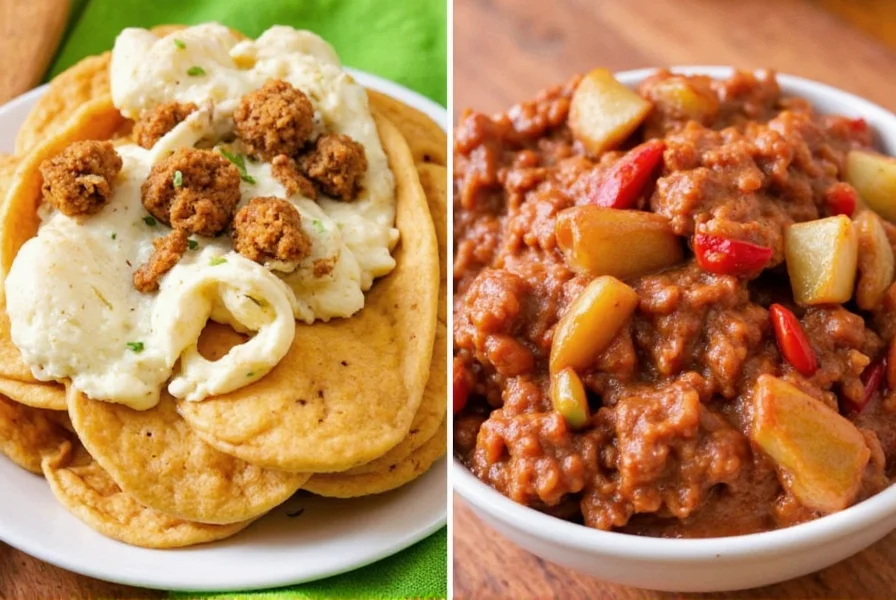
The term 'Creole' refers to the culture and cuisine of Louisiana's French-speaking population, which includes people of African, French, Spanish, and Native American descent. 'Cajun,' on the other hand, is derived from the French word 'Acadien,' referring to the Acadian people who were exiled from Canada and later settled in Louisiana. While both cuisines are rooted in similar cultural backgrounds, they evolved separately over time, leading to distinct flavor profiles.
Key Differences Between Creole and Cajun
To truly understand the creole and cajun difference, we need to break down the core elements that define each style. Let's take a look at how they differ in terms of ingredients, cooking techniques, and overall approach to food:
| Aspect | Creole | Cajun |
|---|---|---|
| Origin | Urban New Orleans, mixed heritage | Rural Louisiana, Acadian roots |
| Ingredients | More refined, often includes tomatoes, seafood, and rice | Hearty, uses more pork, chicken, and root vegetables |
| Spice Profile | Moderate, balanced with herbs like thyme and bay leaf | Bolder, with more emphasis on paprika, cayenne, and garlic |
| Signature Dishes | Gumbo, jambalaya, étouffée | Jambalaya, boudin, gumbo (with different base) |
| Cooking Method | Often involves simmering and layering flavors | Uses slow cooking, often in cast iron pots |
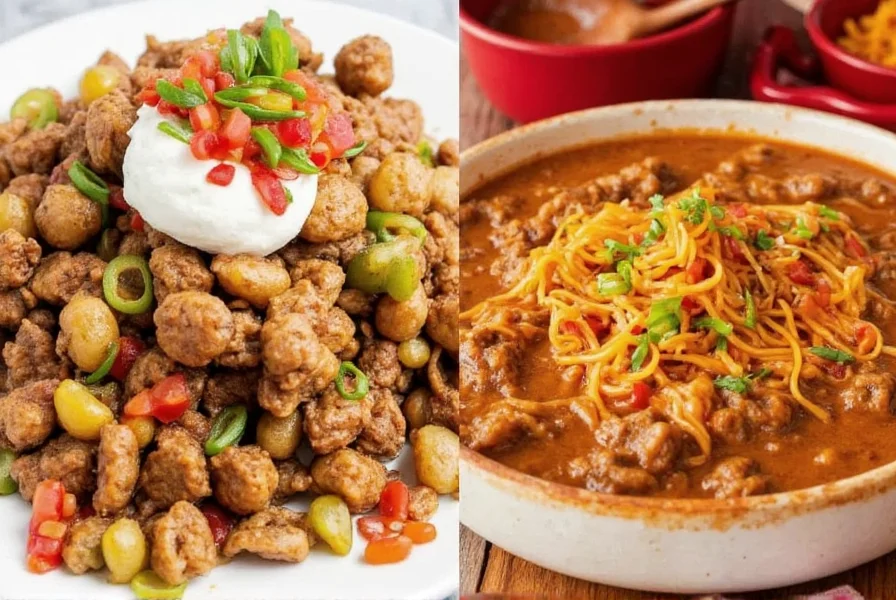
This table gives a quick overview, but the real difference lies in the creole and cajun difference when you actually taste the dishes. Creole tends to be more refined, while Cajun leans into bold, hearty flavors.
Spice Profiles: What Makes Them Unique?
Spices are the heart of any cuisine, and both Creole and Cajun have their own signature blends. Understanding these can help you recreate authentic flavors at home.
Creole Spice Blend
Creole seasoning is known for its balance. It usually includes:
- Garlic powder
- Onion powder
- Paprika
- Thyme
- Bay leaf
- Black pepper
- Salt
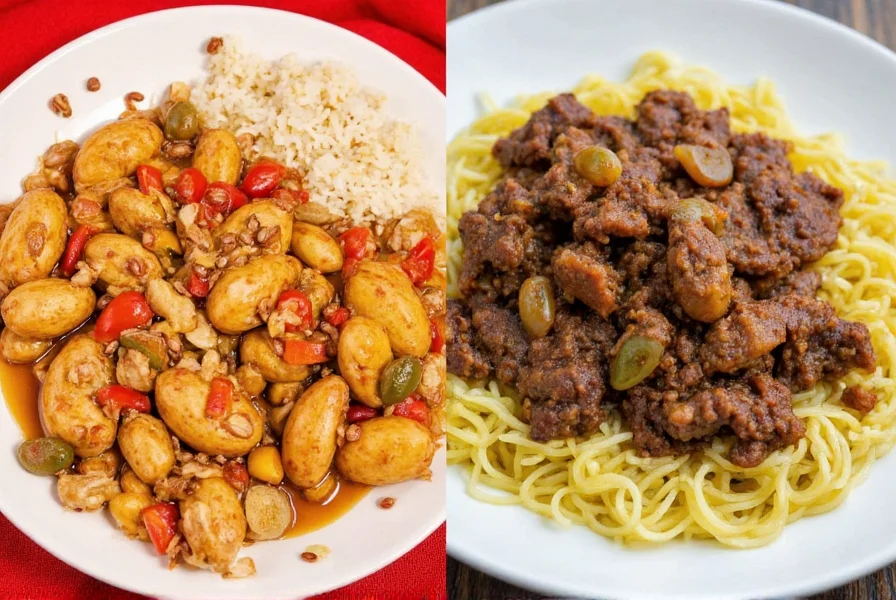
Cajun Spice Blend
Cajun seasoning is spicier and more robust, often featuring:
- Cayenne pepper
- Paprika
- Garlic powder
- Onion powder
- Black pepper
- Coriander
- White pepper
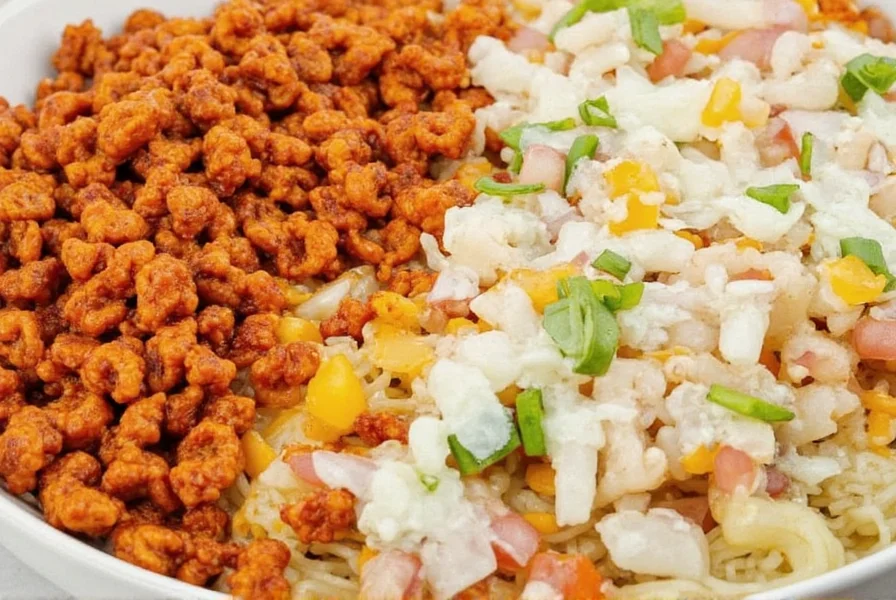
The creole and cajun difference becomes especially clear in these spice blends. Creole is more about harmony, while Cajun is all about intensity.
Culinary Usage and Regional Influences
Both Creole and Cajun cuisines are deeply tied to their regions, and their dishes reflect the history and environment of Louisiana.
Creole Cuisine
Creole food is often associated with New Orleans, where it’s influenced by European, African, and Caribbean cultures. Dishes like gumbo, jambalaya, and shrimp and grits showcase the city’s diverse heritage.

Cajun Cuisine
Cajun cuisine is more rustic and country-style, developed by the Acadian settlers who made their homes in the rural areas of Louisiana. The use of local ingredients like crawfish, sausage, and cornbread reflects this connection to the land.
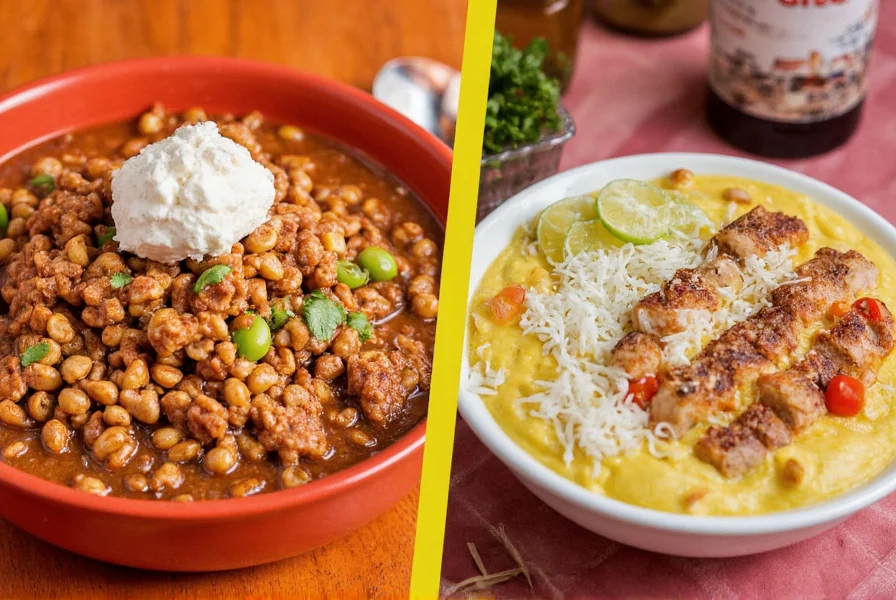
While both cuisines share common ingredients, their approaches are distinct. Creole is more refined, and Cajun is more hearty — but both are equally delicious.
Buying Guide: Choosing the Right Spices
If you're looking to bring the creole and cajun difference into your kitchen, choosing the right spices is essential. Here’s a guide to help you select the best options:
Creole Seasoning
Creole seasoning is ideal for those who enjoy a well-balanced, aromatic blend. It works great with seafood, poultry, and vegetables.
- Product Name: Tony Chachere’s Original Creole Seasoning
- Features: Classic Creole blend with garlic, onion, and paprika
- Advantages: Versatile, easy to use, great for grilling or seasoning
- Use Cases: Chicken, shrimp, grilled veggies, and even popcorn
- Target Audience: Home cooks who want a classic Creole flavor
- Suitable Occasions: Weeknight dinners, parties, and family meals
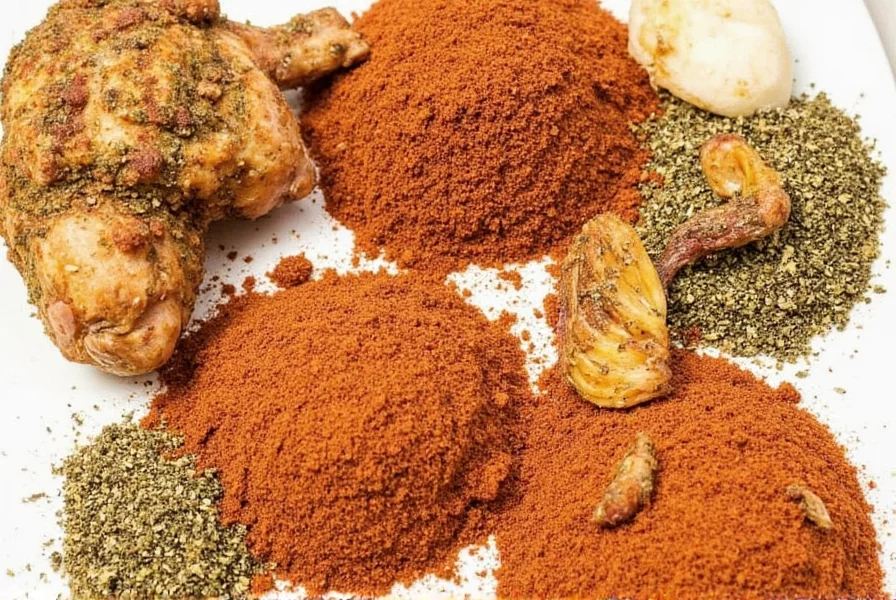
Cajun Seasoning
Cajun seasoning is perfect for those who love bold, spicy flavors. It’s commonly used in Southern cooking and pairs well with meats and stews.
- Product Name: Zatarain’s Cajun Seasoning
- Features: Contains cayenne, paprika, garlic, and black pepper
- Advantages: Adds heat and depth to any dish
- Use Cases: Pork, chicken, beans, and soups
- Target Audience: Spicy food lovers and outdoor cooks
- Suitable Occasions: Barbecues, game days, and weekend gatherings
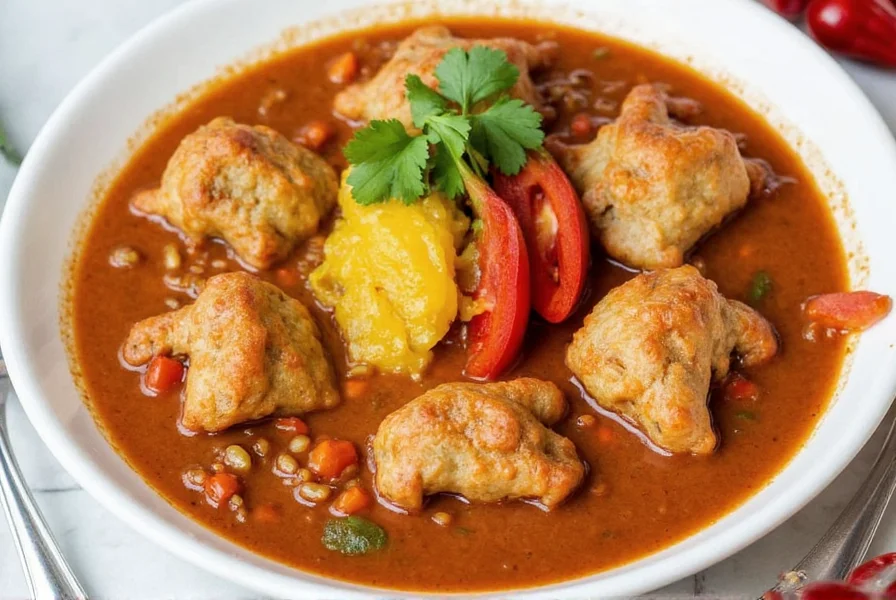
Whether you're making a Creole gumbo or a Cajun jambalaya, the right seasoning will make all the difference. Remember, the creole and cajun difference isn’t just in the name — it's in the flavor.
Practical Tips for Cooking with Creole and Cajun
Now that you know the basics, here are some practical tips to help you cook like a pro with Creole and Cajun seasonings:
- Start with the right base: Creole recipes often include tomatoes, while Cajun recipes rely more on roux and stock.
- Balance the heat: Cajun seasoning can be very spicy, so adjust according to your tolerance.
- Use fresh herbs: Thyme, oregano, and parsley can elevate your dish and add authenticity.
- Experiment with combinations: Try mixing Creole and Cajun seasonings for a unique flavor profile.
- Store properly: Keep your spices in a cool, dry place to maintain their potency.
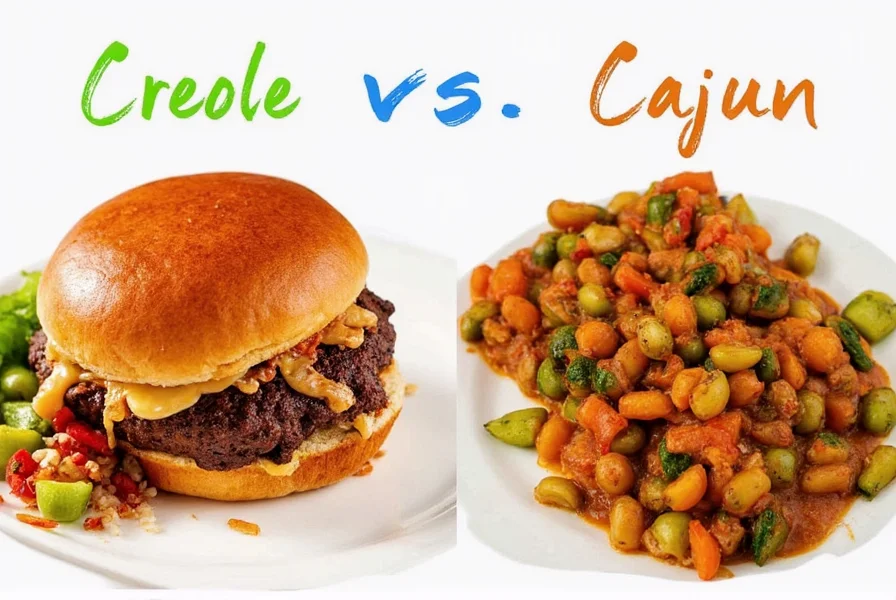
These tips will help you get the most out of your Creole and Cajun spices, whether you're a seasoned chef or just starting out. Don't be afraid to experiment — the creole and cajun difference is what makes these cuisines so exciting.
Conclusion
In summary, Creole and Cajun are two distinct yet related culinary traditions that offer a wide range of flavors and experiences. While they may seem similar at first glance, their creole and cajun difference becomes apparent through their ingredients, spice profiles, and regional influences. Whether you prefer the refined balance of Creole or the bold intensity of Cajun, there's something for every spice lover to enjoy.
By understanding the key differences and learning how to use the right seasonings, you can bring the rich flavors of Louisiana into your own kitchen. So grab a bottle of Creole seasoning or a bag of Cajun spice, and start cooking like a pro today!
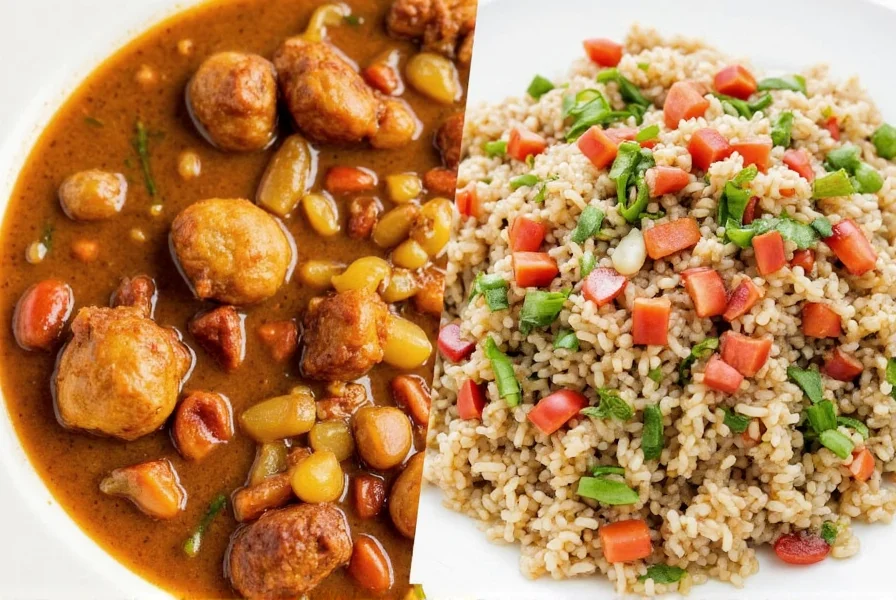











 浙公网安备
33010002000092号
浙公网安备
33010002000092号 浙B2-20120091-4
浙B2-20120091-4